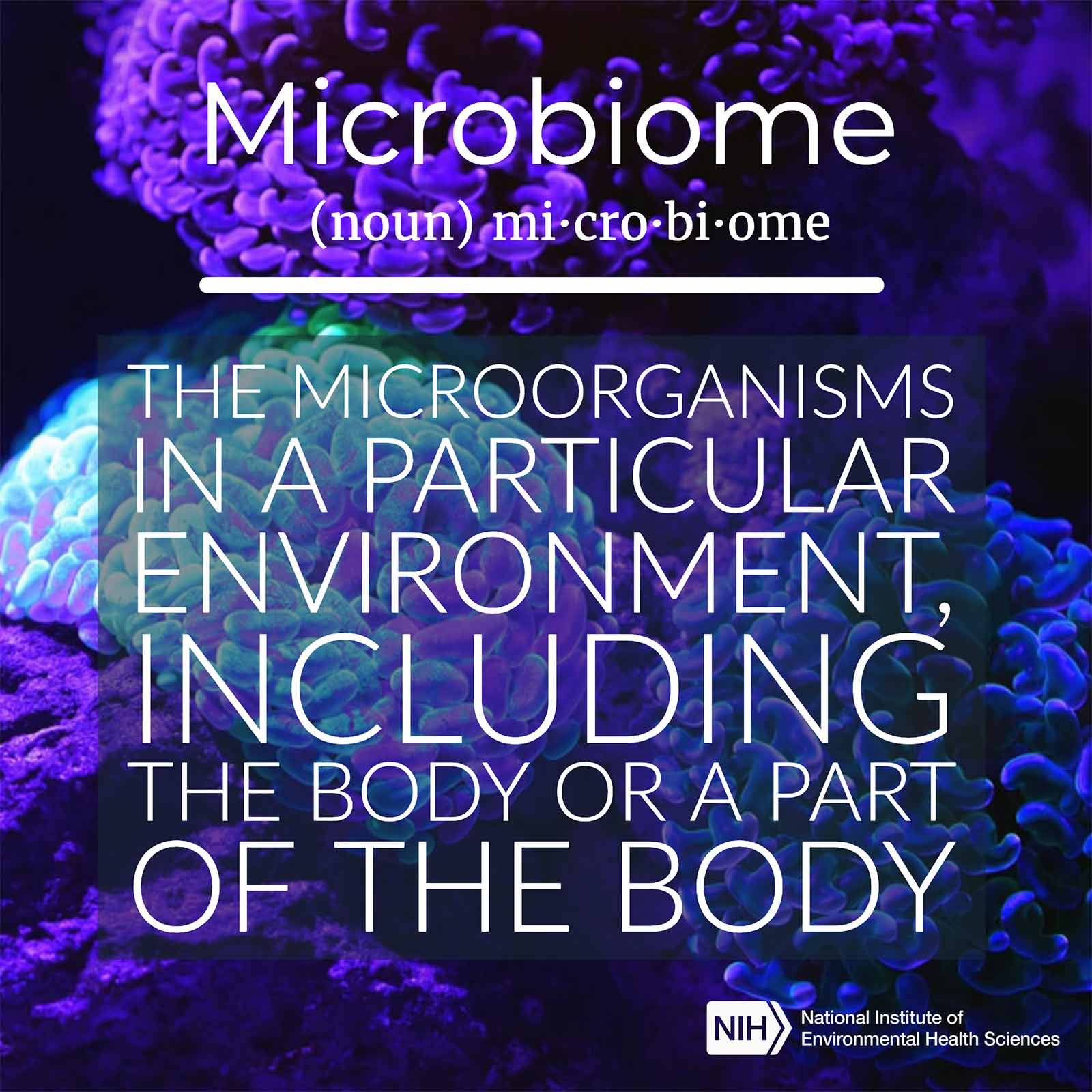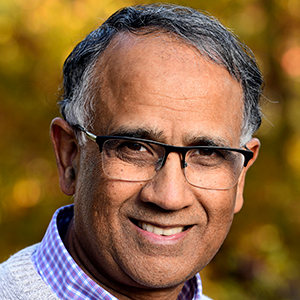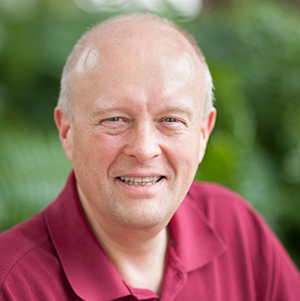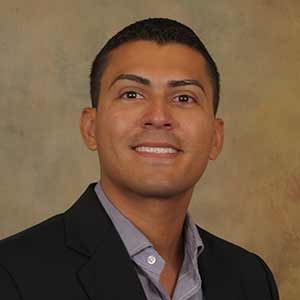NIEHS played virtual host to a wide-ranging look at the latest research on the microbiome and environmental health during a Feb. 23-24 workshop. Some 500 participants joined over 70 speakers, ranging from lab heads to undergraduate students.
 Scientists from across the institute who are interested in how the microbiome influences environmental health collaborated to organize the workshop. (Image courtesy of NIEHS)
Scientists from across the institute who are interested in how the microbiome influences environmental health collaborated to organize the workshop. (Image courtesy of NIEHS)The workshop was organized into four topic sessions, along with brief talks on the latest research (see second sidebar). Workshop co-chair Vicki Sutherland, Ph.D., from the NIEHS Division of National Toxicology Program (DNTP), said that a paper highlighting advances is in preparation.
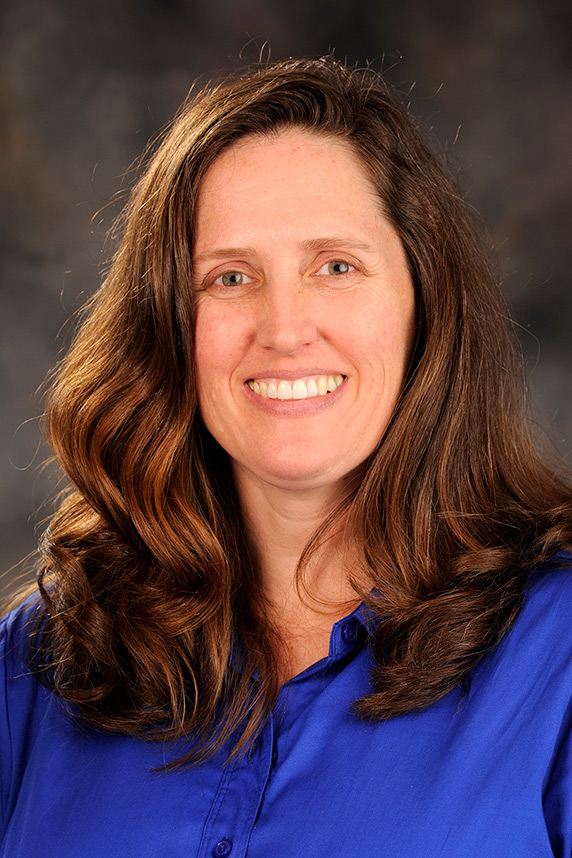 “There was strong engagement from both speakers and attendees,” said Sutherland, noting feedback was exceedingly positive. (Photo courtesy of Steve McCaw / NIEHS)
“There was strong engagement from both speakers and attendees,” said Sutherland, noting feedback was exceedingly positive. (Photo courtesy of Steve McCaw / NIEHS)- Microbiome, Health, and Toxicity, led by Dori Germolec, Ph.D., DNTP.
- Environmental Exposures and Microbiome, led by Heather Henry, Ph.D., from the NIEHS Division of Extramural Research and Training (DERT).
- Absorption, Distribution, Metabolism, and Excretion (ADME), and Exposures, led by Suramya Waidyanatha, Ph.D., from DNTP.
- Models and Methods, led by Jason Li, Ph.D., from the Division of Intramural Research (DIR).
“Until recently we were blind to the impact of the microbiome on health, because we were not able to culture all the microorganisms associated with it,” said NIEHS and National Toxicology Program (NTP) Director Rick Woychik, Ph.D. “[Advanced] techniques are now able to evaluate the composition of the microbiome — not by culturing the bacteria, but by sequencing the DNA,” he said.
“The NIEHS Strategic Plan recognizes that the microbiome has a huge impact on our health,” Woychik noted.
The microbiome is one of the plan’s four priority topics, each addressed by a group of scientists from across the institute.
Microbiome health is critical
Jack Gilbert, Ph.D., from the University of California at San Diego (UCSD), gave a plenary talk on conditions during the pandemic.
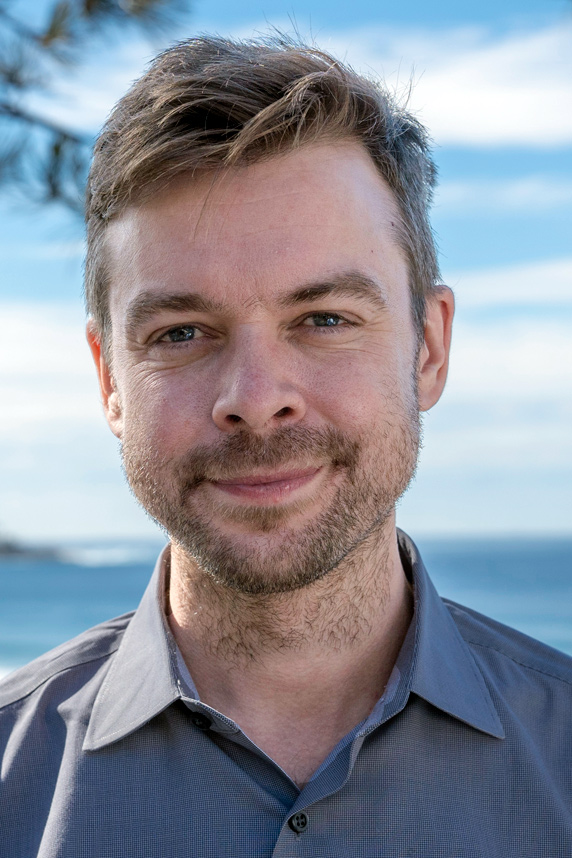 “We have discovered and solidified more understanding of viral transmission … in the last 11 months than we had in the last 11 years,” Gilbert said. (Photo courtesy of UCSD)
“We have discovered and solidified more understanding of viral transmission … in the last 11 months than we had in the last 11 years,” Gilbert said. (Photo courtesy of UCSD)“Living and working indoors has eroded the microbial exposure which fundamentally trained our immune systems as children,” he said. “The environment also takes the microbes that leave our bodies and alters their pathogenicity, which feeds back to our bodies and can cause infection. It’s a cycle.”
For example, some respiratory virus cells — including SARS-Cov-2 — bind to bacteria, enhancing the viability of both.
“The built environment selects for organisms which have increased chance of survival and infection,” Gilbert added.
Chemical alterations deserve attention
Andrew Patterson, Ph.D., from Pennsylvania State University, delivered a plenary talk on microbes and chemical toxicity.
He said we have a better understanding of our body’s rich community of bacteria, viruses, fungi, and archaea thanks to open access databases, gene sequencing analyses, and technological advances such as those Woychik described.
“Risk assessment should start to incorporate our understanding of the impact of environmental exposures on the microbiome, including chemicals from diet and pharmaceuticals,” Patterson said.
 “A lot of good talks about the immune system and how it helps regulate the microbiome,” Patterson said. “Environmental chemicals influence the microbiome and vice versa.” (Photo courtesy of Pennsylvania State University)
“A lot of good talks about the immune system and how it helps regulate the microbiome,” Patterson said. “Environmental chemicals influence the microbiome and vice versa.” (Photo courtesy of Pennsylvania State University)Individual presentations
A glimpse at three workshop talks shows the range of environmental health topics discussed.
- Stavros Garantziotis, M.D., medical director of the NIEHS Clinical Research Unit, explained how the immune system interacts with environmental pathogens for a role in a condition called idiopathic pulmonary fibrosis (IPF). “The microbiome activates the lung immune system, which in turn keeps the microbiome in check,” he said. “We need both a functioning immune system and a healthy microbiome to stay free of lung disease.”
- Scott Jackson, Ph.D., from the National Institute of Standards and Technology (NIST), said standards should support innovation. “NIST is developing standards for microbiome measurements and benchmarking that will enable federal, academic, and industry labs to reliably reproduce and advance each other's results,” he said. “We need to know what your measurement challenges are so we can coordinate our efforts accordingly.”
- NIEHS grant recipient Tanya Alderete, Ph.D., from the University of Colorado at Boulder, described a link between certain air pollutants and gut microbes that predict rapid infant growth — a risk factor for childhood obesity. “We know the gut microbiome develops in early life and is of importance in the first thousand days, and that childhood outcomes can persist into adulthood,” she said.
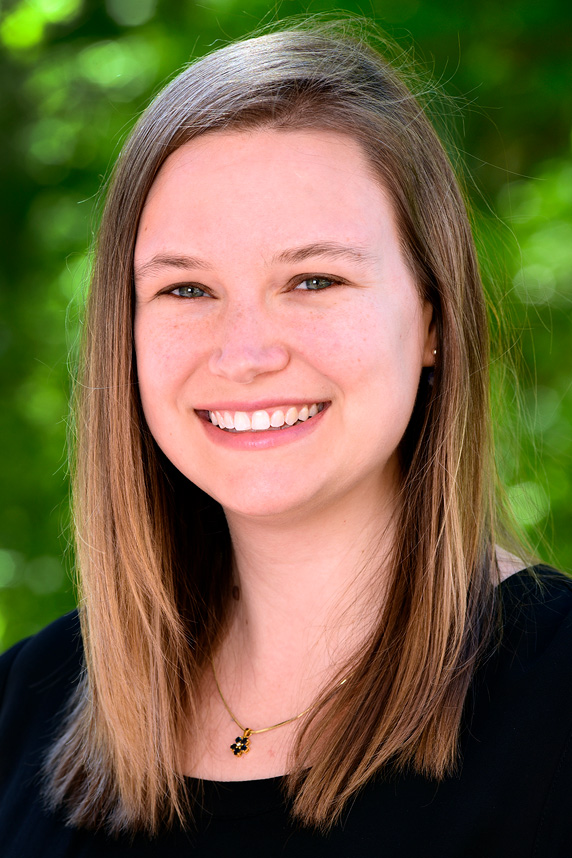 “The workshop provided a platform for researchers to share ideas and speculate on the role newer technologies will play,” Dzierlenga said. (Photo courtesy of Steve McCaw / NIEHS)
“The workshop provided a platform for researchers to share ideas and speculate on the role newer technologies will play,” Dzierlenga said. (Photo courtesy of Steve McCaw / NIEHS)Rousing success
“The level of involvement from our grant recipients might not have been possible had we held this workshop in person, as originally planned,” said co-chair Anika Dzierlenga, Ph.D., from DERT. She oversees a portfolio of grants related to microbiome research.
Sutherland said she was thrilled with the workshop’s success. “It served as a significant resource for both experienced and newer researchers, not only with the range of information presented in the sessions and corresponding breakouts, but also the lightning talks, where we had over 40 speakers,” said Sutherland (see second sidebar).
A second microbiome workshop, planned for September, will explore how chemical exposures affect the gut-brain axis.
(John Yewell is a contract writer for the NIEHS Office of Communications and Public Liaison.)





